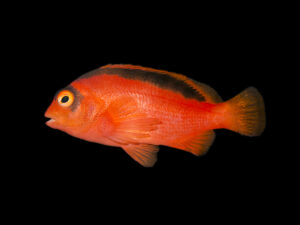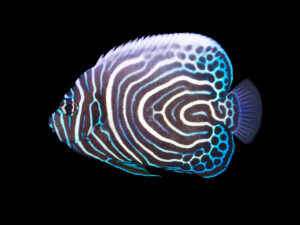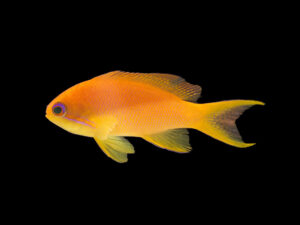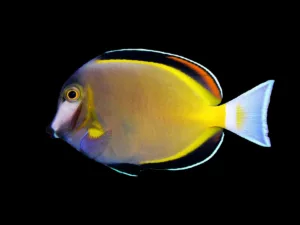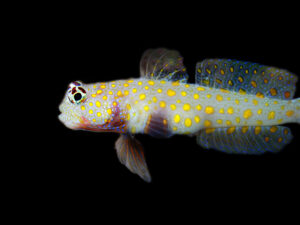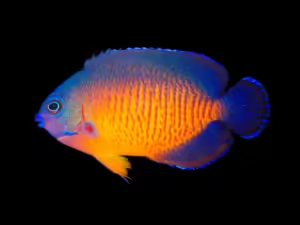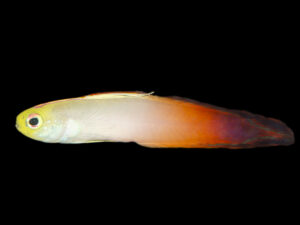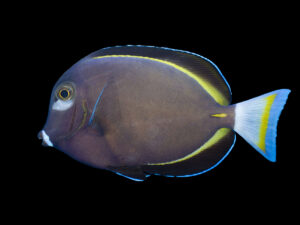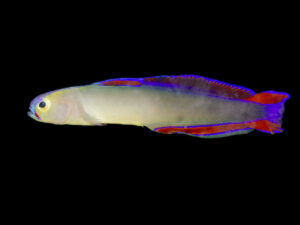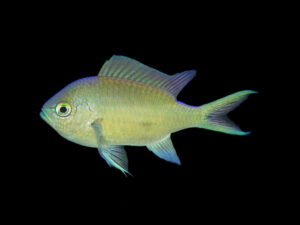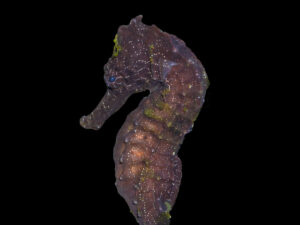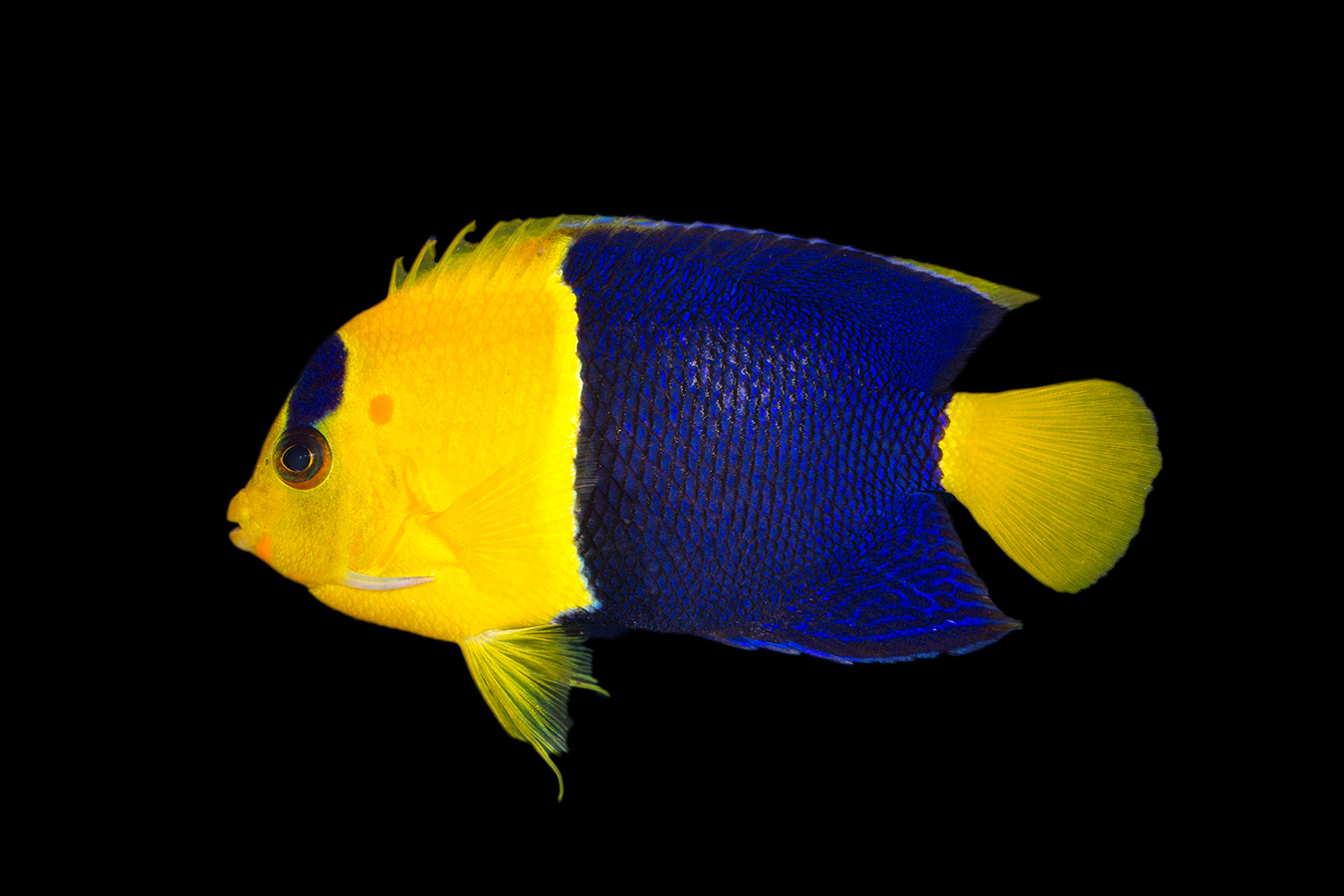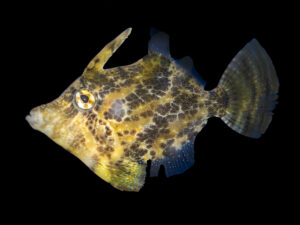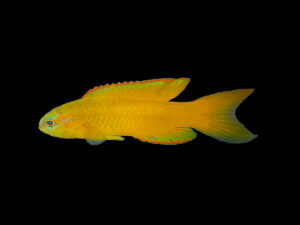Related products
-
Flame Hawkfish
$125.00Select options This product has multiple variants. The options may be chosen on the product page -
Emperor Angelfish
$400.00Select options This product has multiple variants. The options may be chosen on the product page -
Lyretail Anthias
$75.00Select options This product has multiple variants. The options may be chosen on the product page -
Powder Brown Tang
$150.00Select options This product has multiple variants. The options may be chosen on the product page -
Guttata Shrimp Goby
$475.00Select options This product has multiple variants. The options may be chosen on the product page -
Coral Beauty Angelfish
$55.00Select options This product has multiple variants. The options may be chosen on the product page -
Fire Goby
$55.00Select options This product has multiple variants. The options may be chosen on the product page -
White Cheek Tang
$150.00Select options This product has multiple variants. The options may be chosen on the product page -
Maroon Clownfish
$45.00Select options This product has multiple variants. The options may be chosen on the product page -
Decora Goby
$75.00Select options This product has multiple variants. The options may be chosen on the product page -
Blue/Green Chromis
$15.00Select options This product has multiple variants. The options may be chosen on the product page -
Kuda Seahorse
$75.00Select options This product has multiple variants. The options may be chosen on the product page
Bicolor Angelfish
$45.00
Please Note: Due to variations within species, your item may not look identical to the image provided. Approximate size range may also vary between individual specimen.
Deep dive >
Quick Stats
- Dietry Requirements
- Compatible With
- Maximum Fish Size (cm)
- Minimum Tank Size (L)
- Same Species Aggression
- Other Species Aggression
- Care Requirements
The Bicolor Angelfish is a vibrant yellow on the anterior half of its body and a deep blue on the posterior half. A splash of deep blue extends upward from the eye to the top of the head, and the tail is yellow. Not a good reef dweller, the Bicolor Angelfish is prone to nip at stony and soft corals and clam mantles.
Bicolor Angelfish are known to be benthic omnivores. Their diet is mostly leaning towards the more fleshy food. When keeping them in a reef tank, it is best that they are fed a variety of living, frozen, and prepared formula food. Prepared formula food consists of spirulina algae, mysis, shaved fish or frozen shrimp, and angelfish food with sponge material.
Related products
-
Aiptasia Eating Filefish
$55.00Select options This product has multiple variants. The options may be chosen on the product page -
Maroon Clownfish
$45.00Select options This product has multiple variants. The options may be chosen on the product page -
Yellow Assessor
$45.00Select options This product has multiple variants. The options may be chosen on the product page -
Powder Brown Tang
$150.00Select options This product has multiple variants. The options may be chosen on the product page
